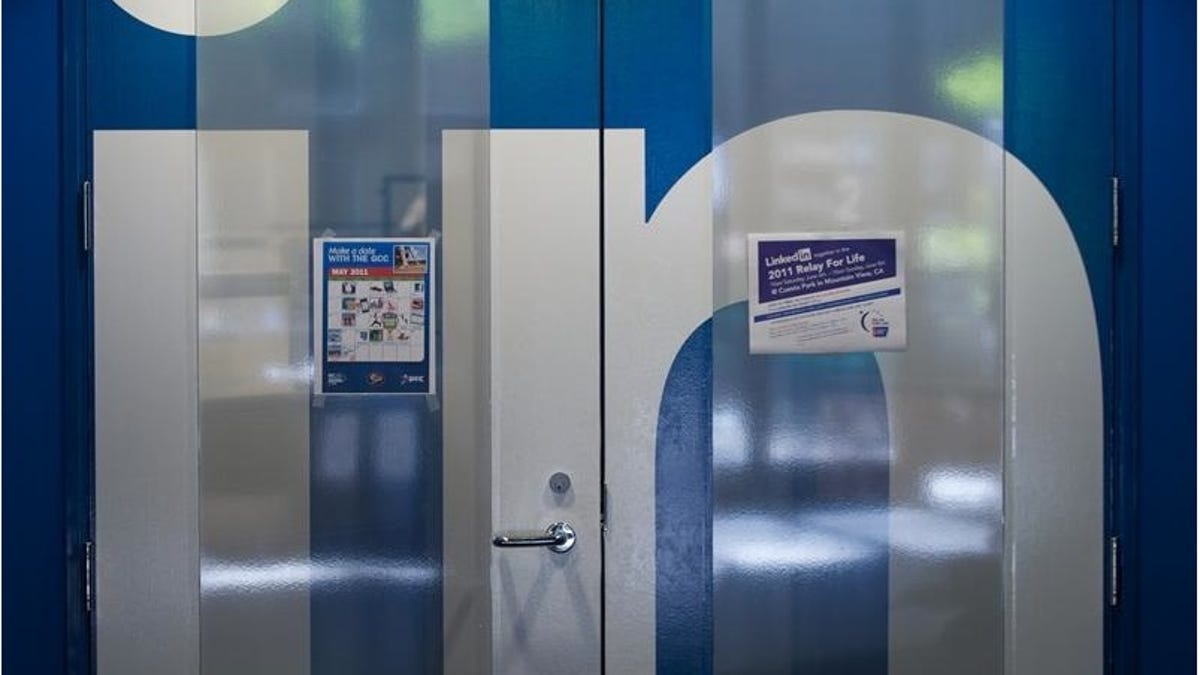LinkedIn unifies search to push people to content
With content starting to trump connections, the professional social network spent a year crafting a better way to help members access jobs, groups, companies, and people.

LinkedIn today released a new unified search experience to help people dig faster, deeper, and more intelligently through its growing collection of professional content.
"We're bringing all of the goodness on LinkedIn -- people, companies, jobs, and groups -- and putting it all together in one place," Bradley Mauney, product lead for identity products at LinkedIn, told CNET.
After a year of behind-the-scenes design and engineering work, LinkedIn is now able to derive intent while you search. The site autocompletes queries to show suggestions, sorted by content type, as a person types in the new-and-improved, single search box atop the page.
The company also now considers a number of aspects unique to each of its 200 million members, including network connections and profile data, before returning a personalized set of results. Results take into account who you are, who you know, and what your network is doing. Results for a "product manager" search, for instance, are meant to significantly differ from one person to the next, Mauney said.
In addition to unifying search, LinkedIn has taken steps to simplify the process of constructing and saving advanced searches, and introduced a new feature that lets members receive automated alerts for saved searches.
The changes aren't radical, but they do center around getting members to do more, stay longer, and explore various types of content, say groups or company profiles, that they may have ignored before. LinkedIn search, as a result, facilities the public company's maturation process away from a network of connections to a giant knowledge exchange by directing people toward content they didn't know existed.
"Search is already a core part of our monetization model," Mauney said. "We're hoping users will find [the new search] more compelling...and find more people and more jobs." The jobs ecosystem, he said, will directly benefit from increased engagement.
You can interpret his words to mean this: New search allows people to surface more jobs, which means search activity could swell well above the 5.7 billion queries the service saw in 2012, and LinkedIn should be able to capitalize on the influx of attention by selling its jobs products to more businesses. It's a long tail, for sure, but one that may allow LinkedIn to grow revenue at a faster clip.
LinkedIn's new search experience is being rolled out on the desktop to members today. The company said it is looking to carry the search experience over to mobile environments, which currently only support people search.

